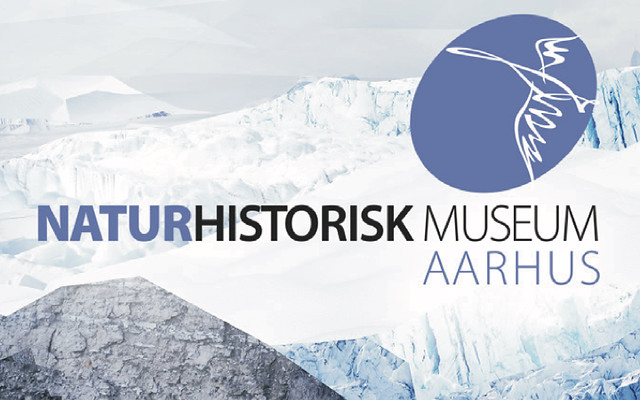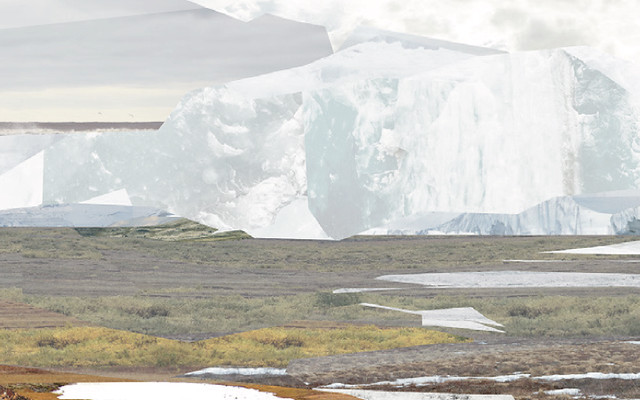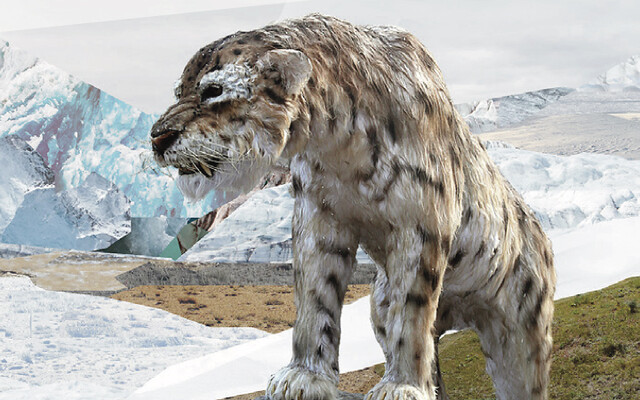Cards
(QUICK LINKS: Decks | plants | mammals | birds | | reptiles | fish | cephalopoda | insects | microbe | events
( scientist | project | modifier | technique |)

Dark Sea Lettuce
Ulvaria Obscura


1 POINTS
FACT: As a type of algae, this Dark Sea Lettuce is often found on beaches along the West Coast.

Pacific Littleneck Clam
Leukoma staminea


3 POINTS
PLAY: LittleNeck Clam has a MOVE of 1. This clam is a filter feeder, and can be considered prey for carnivores.
FACT: The Pacific Littleneck Clam’s concentric rings can be used to determine their age.

Acorn Barnacle
Semibalanus balanoides


2 POINTS
PLAY: The Acorn Barnacle is a suspension feeder, extracting food from the water.
FACT: Acorn Barnacle produce a brown glue that fastens it to a hard surface.

Natural History Museum, Aarhus
Home Card
FACT: The game is based on the exhibition ”Back to the Ice Age” at the Natural History Museum in Aarhus. During the Ice Age, Denmark was partially covered by glaciers.

Mammoth Steppe
Home Card
FACT: South of the ice was the Mammoth steppe, which stretched from Western Europe, over Siberia, all the way to North America; 10,000 km long and 2,000 km wide.

European Saber-Toothed Cat
Homotherium latidens


EXTINCT | 8 POINTS
PLAY: Move of 2. The card may be put next to all sizes of herbivores.
FACT: The European saber-toothed cats are often wrongly called “saber-toothed tigers”. Saber-toothed cats belong to their own genus.